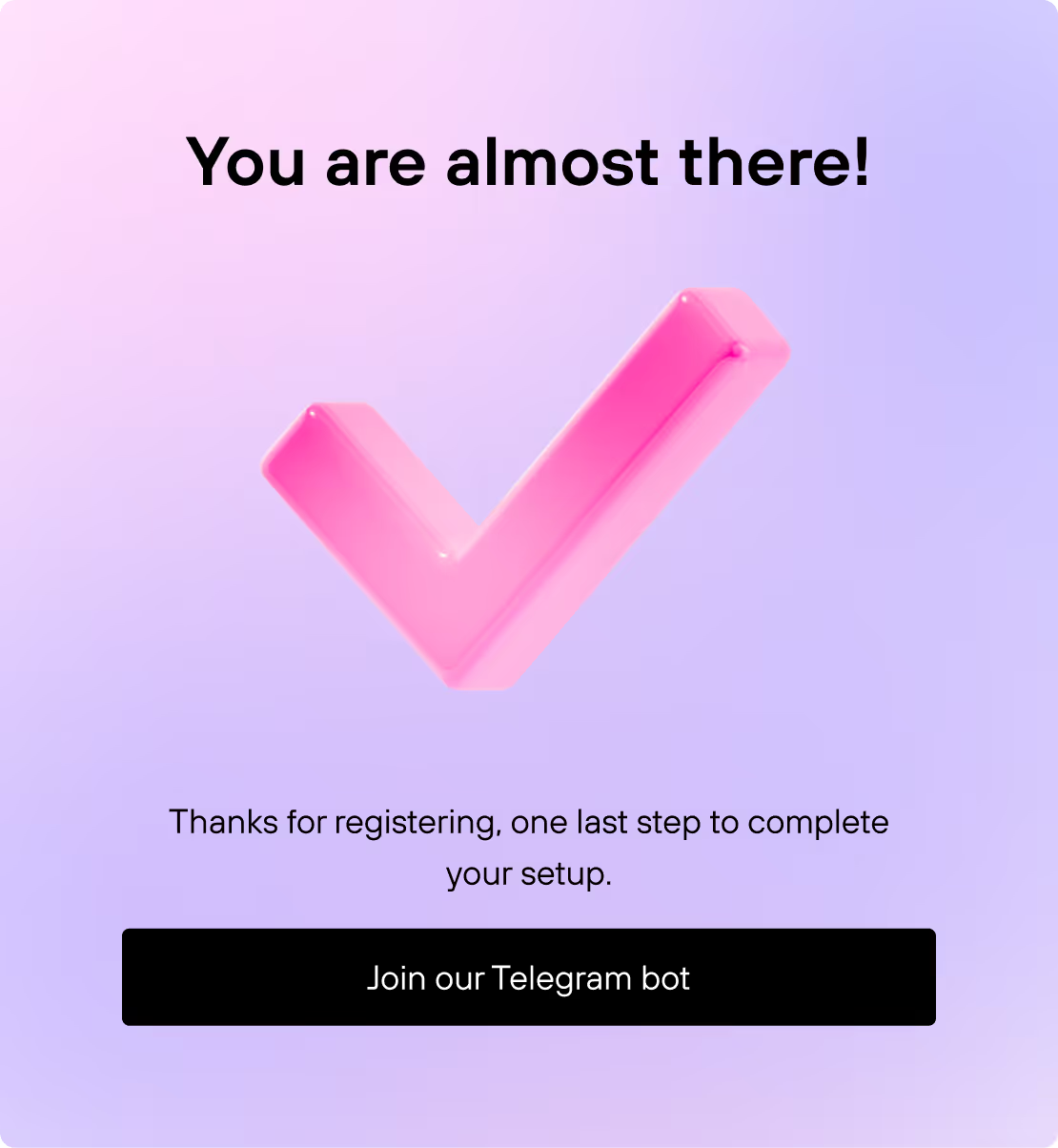In our recent webinar “AI in Business: How Marketing Leaders Turn Automation into Real Impact”, Dmitri Niarez (Founder, Teamlex AI) and Olga Andrienko (former VP of Marketing, SEMrush) discussed how companies are using AI to build scalable systems — from automation and analytics to SEO and creative workflows.
Here’s a recap of the key ideas, real cases, and actionable lessons for teams ready to integrate AI into everyday operations.
The new operating model: automation as growth strategy
Dmitri opened with a reality many leaders face — growth often increases operational work faster than it grows results.
His team at Teamlex AI started automating simple tasks in client projects to improve outcomes. Those small experiments evolved into a complete agent-based model that now powers analytics, content, and marketing processes.
- AI allows companies to scale impact without scaling headcount.
- Repetitive operations become automated systems that run continuously.
- Teams shift their time from execution to decision-making and creativity.
“Automation isn’t about replacing people, it’s about making growth predictable.”
Teamlex AI’s approach blends automation and human expertise, combining top specialists with intelligent agents. The outcome is a measurable increase in performance, not just a reduction in workload.
Marketing under pressure: where AI delivers the most value
Olga shared her experience leading global marketing at SEMrush, where scale brought complexity and burnout. Teams were producing more data, reports, and presentations than ever, but losing creative momentum.
AI became the relief valve. By automating the reporting process, SEMrush freed its team to focus on strategy and innovation.
- Routine reporting and presentation building were delegated to AI.
- Analysts could focus on insights rather than formatting.
- Marketers had space to test new ideas, campaigns, and content.
“When we automated our reports, the team finally had space to think creatively again.”
For marketing leaders, this shift isn’t just about efficiency, it’s about restoring focus and energy where it matters most.
Real-world use cases: AI in daily operations
Both speakers showcased how AI agents can be applied in practice, without heavy infrastructure or large technical teams.
1. Reporting and analytics agents
At SEMrush, internal analysts used Google’s Vertex AI to upload sensitive data and chat with it securely. This saved four hours weekly on business reviews and eliminated data bottlenecks.
“Instead of dashboards, teams simply asked: where’s the drop in performance this week? The AI answered instantly.”
2. Custom GPTs for brand communication
Olga demonstrated how GPT models trained on a company’s tone and values can answer FAQs, maintain consistency, and generate customer replies that sound human.
3. Marketing automation agents
Agents now run multichannel campaigns, test messages, and analyze creative performance. These systems are being adopted by both startups and enterprises to increase ROI with minimal overhead.
4. CRM and outreach agents
Lead generation, enrichment, and follow-up sequencing are automated, turning manual outreach into a structured growth pipeline.
“Weeks of coordination can now happen in hours, powered by agents that never stop running.”
Pain points AI solves
The discussion highlighted the everyday bottlenecks that automation can remove:
- Slow feedback loops: waiting for analysis or approvals kills momentum.
- Repetitive work: manual campaign reporting, updates, and QA.
- Creative fatigue : too much focus on execution, not enough on innovation.
“The real problem isn’t ideas. it’s the time it takes to bring them to life.”
When agents take on routine processes, teams gain back their ability to experiment, analyze, and improve continuously.
Leadership lessons: building trust in automation
Both speakers agreed that AI success starts with leadership mindset.
Technology alone doesn’t transform a company — people and trust do.
- Leaders should define where AI fits in business goals, not just workflows.
- Teams need clear metrics to evaluate whether automation adds value.
- Building internal advocates helps reduce resistance and uncertainty.
Olga shared how SEMrush challenged teams to rethink their structure:
“We paused some hires until we proved the task couldn’t be done with AI.”
Dmitri added that companies often underestimate how much of their routine work can already be automated, around 60% of daily processes are repetitive and suitable for agent support.
“AI isn’t a separate department, it’s the connective tissue between them.”
The new SEO and content landscape
A major discussion point was how AI is reshaping discovery and SEO.
Search is no longer limited to Google — users now find answers in YouTube, social media, and AI platforms like ChatGPT and Perplexity.
Olga explained that this shift requires a change in thinking: SEO is now a brand channel, not just a traffic one.
- Visibility depends on being part of AI-generated answers and community discussions.
- Brands must adapt content to match conversational and contextual queries.
- Teams should measure engagement and trust, not just keyword rankings.
“Search is no longer about clicks, it’s about conversations.”
This change gives early adopters a unique opportunity to define how their brand appears in AI-driven discovery ecosystems.
Results that prove adoption pays off
The data shared during the webinar underscored how tangible AI’s impact can be when implemented strategically:
- 70% less time spent on reporting thanks to automation.
- Faster creative cycles as teams spent less time formatting and more time ideating.
- Lower operational costs due to automation in outreach and analytics.
- Better insights from conversational data tools integrated into business systems.
“Every hour saved becomes an hour for strategy and innovation.”
When AI becomes part of the workflow, companies don’t just move faster, they learn faster.
Practical advice for adopting AI
The speakers closed the webinar with clear, actionable recommendations for businesses at any stage of AI adoption.
- Start small. Automate one or two repeatable processes to build confidence.
- Measure what matters. Track time saved, errors reduced, and output increased.
- Keep humans in the loop. Oversight ensures quality and creativity stay intact.
- Empower internal innovators. Encourage early adopters to experiment and teach others.
- View agents as teammates. They extend your capacity, not replace it.
“AI amplifies what’s already working, it won’t fix what’s broken.”
Closing thoughts
The AI in Business webinar made one thing clear: AI isn’t a distant technology; it’s the foundation of how modern teams scale.
“AI doesn’t replace creativity — it gives it oxygen.”
For marketing leaders, the choice isn’t whether to use AI, but how soon to embed it into everyday work.
As Dmitri summed up, every company can already automate more than half its operational routine. The real competitive edge comes from being the first to do it intentionally.
smarter with AI?




